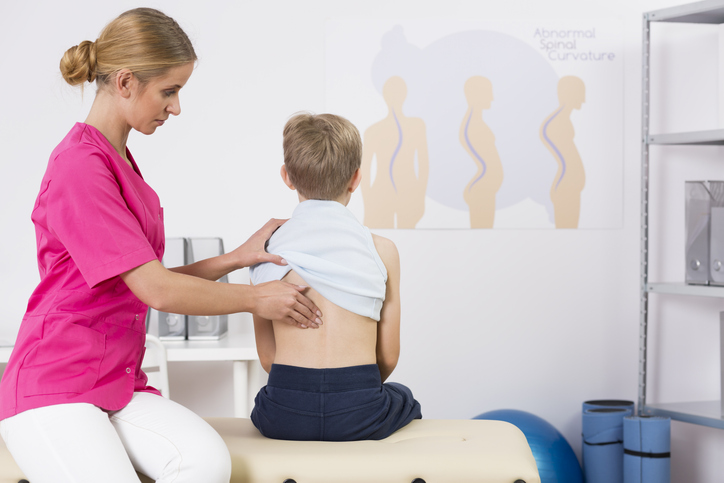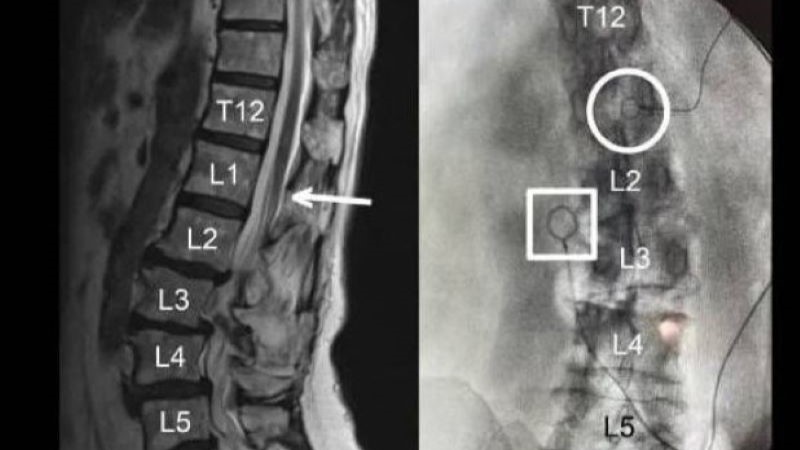
Mobile device-based 3D scanning of trunk size (TS), coronal balance (CB), and trunk shift (TS) identifies clinically relevant adolescent idiopathic scoliosis (AIS) deformity, according to a study published in Spine Deformity.
“Screening for (AIS) currently relies on clinical evaluations by trained practitioners, most commonly using a scoliometer. Modern structured light 3D scanning can generate high-quality 3D representations of surface anatomy using a mobile device. We hypothesized that a mobile-based 3D scanning system would provide accurate deformity assessments compared to a scoliometer,” the researchers noted.
Researchers analyzed 258 patients between August 2020 and June 2022 with a scoliosis radiograph obtained within 30 days of clinic evaluation and no history of spinal surgery. The population of interest had 3D scans taken in the upright and forward bend positions, and the largest (ATR) was measured by a scoliometer. The researchers noted that image processing software was used to analyze TS, CB, and clavicle angle (CL) in the upright position and the largest ATR in the forward bend position.
The findings showed that were good-to-excellent correlations between 3D and radiographic measures of TS, CB, and CL (r = 0.79, rs = 0.80, and r = 0.64, respectively, p < 0.001). They noted that the correlations between 3D and radiographic measures of largest lumbar and thoracic ATR also demonstrated good correlations (r = 0.64 for both, p < 0.001). Overall, a multivariable logistic regression model based on 3D scanning outperformed a scoliometer model.
The researchers concluded that this novel modality “may facilitate scoliosis screening by decreasing the need for trained personnel or dedicated equipment and clinical space to perform screening tests.”







 © 2025 Mashup Media, LLC, a Formedics Property. All Rights Reserved.
© 2025 Mashup Media, LLC, a Formedics Property. All Rights Reserved.